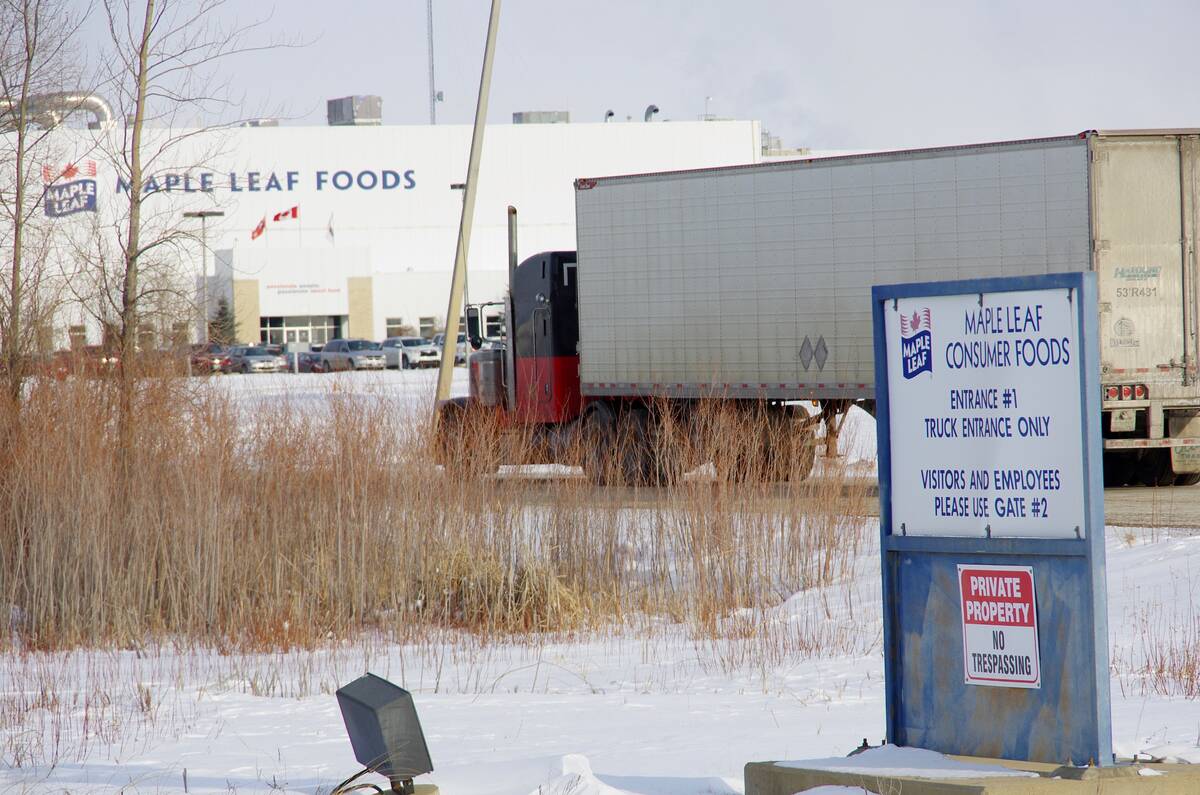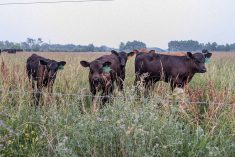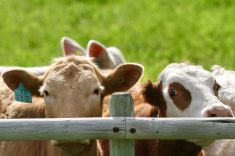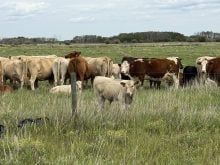DENVER, Colo. – After celebrating 100 years as an organization, the National Cattlemen’s Beef Association has decided it must introduce some changes if it hopes to last another century.
The main goal of the association is to stabilize beef consumption within three years. The strategy is to expand exports, develop national identification for cattle and improve beef quality. Failure to meet consumer expectation will only see further declines in beef consumption.
“If this industry is going to be customer-focused, it needs to at least understand palatability,” said Colorado State meat scientist Gary Smith.
Read Also

Manitoba pork exports gain new market ground
Manitoba’s pork trade pivoted from China over the last five years, while Japan is remains the largest customer and South Korea and Mexico market footholds have grown
“Everything we use affects tenderness some,” said Smith during a seminar at the association’s convention. He advocates a number of methods to improve tenderness and taste.
Beef tastes the way it does because of the beef fat. If it is too lean or overcooked, the flavor is lost.
“Consumers are overcooking everything because they heard it will protect them from bad bacteria,” said Smith.
Therefore beef must be goof-proof no matter what the cook does to it. Researchers are finding some things that work.
It is known that certain strains within every breed produce animals with tender meat, said Smith. A rainbow herd with multiple crosses does not work because there is too much inconsistency and a lack of predictability.
Excitable cattle also show less gain and produce darker, tougher meat so they should be removed from breeding stock.
Seedstock producers must collect palatability data on their sires. More responsibility lies with purebred producers to develop bulls that pass on tenderness traits.
To further investigate this, a beef alliance has been set up to see how genetics improve meat quality.
Ten breeds and 12,000 progeny are committed to the alliance. It will test carcass merit of the 15 most heavily used sires in each of the participating breeds, along with 35 progeny from each bull. The goal is to eliminate the sires that are responsible for poor meat quality.















